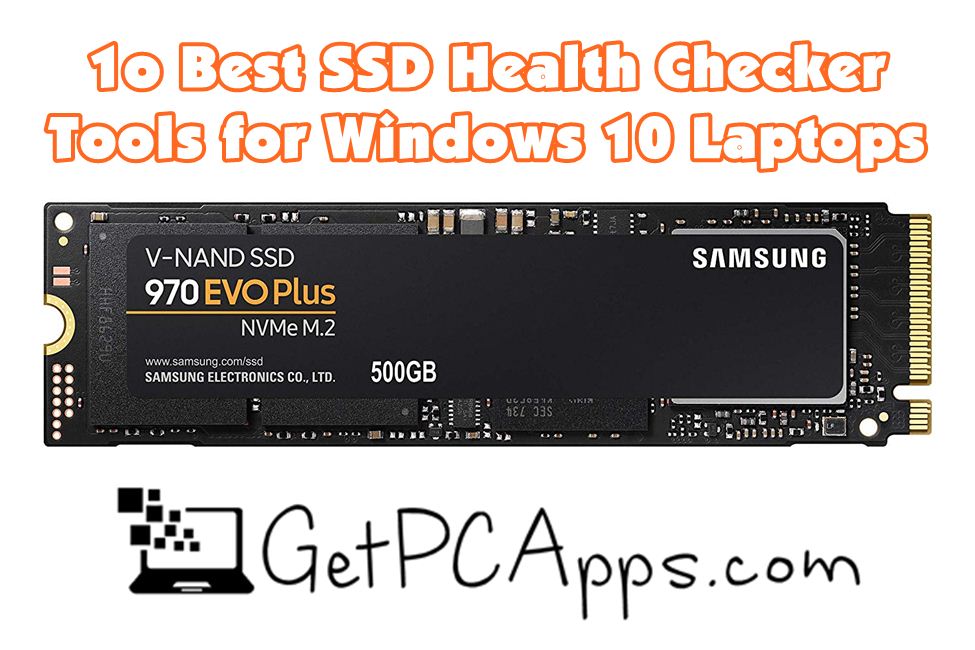
Given the statistical nature of failure prediction, the S.M.A.R.T. should be used to estimate the likeliness of a failure. It cannot predict with 100% accuracy a failure nor, on the other hand, guarantee a drive will not fail without any early warning. What isn’t S.M.A.R.T.?Īll that seems wonderful. gives an option for the operating system or the system administrator to identify soon-to-fail drives so they can be replaced before any data loss occurs. Since drives usually don’t fail abruptly, S.M.A.R.T. would allow anticipating predictable failures such as those caused by mechanical wearing or degradation of the disk surface, as well as unpredictable failures caused by an unexpected defect. and can also perform on-demand tests on the drive. will monitor several disk parameters during normal drive operations, like the number of reading errors, the drive startup times or even the environmental condition. –for Self-Monitoring, Analysis, and Reporting Technology- is a technology embedded in storage devices like hard disk drives or SSDs and whose goal is to monitor their health status. In any case, Kingston Support are available to assist you with any questions you have.S.M.A.R.T. Overprovision with Host Protected Area (HPA) on data center SSDsĭownload the Kingston SSD Manager app and check out our User Guide for an in-depth breakdown of the different features.View and export detailed drive health and status reports.Monitor your drive’s health, status and disk usage.

Kingston SSD Manager offers the ability to: It provides users with the ability to monitor and manage various aspects of their Kingston solid-state drive. Kingston Technology SSDs can be monitored using the Kingston SSD Manager (KSM) application. However, there is minimal data defined so manufactures may augment the data by implementing vendor unique log pages containing extra proprietary data. SMART reporting is standardised for NVMe SSDs. Drive manufacturers take their own approaches to SMART monitoring, but generally, they measure similar performance and reliability attributes. Most drive manufacturers have created their own tool in order to monitor SSD life-remaining and check the SMART status of their drives. SMART is extremely useful for monitoring the health of your SSD, life-remaining, and for reporting on a variety of attributes such as min/max/average temperature, lifetime host reads/write, power-on hours and even how often unexpected power losses have been recorded by the SSD.įor SATA SSDs, SMART reporting isn’t standardised. It is a system built into most modern hard drives and SSDs and is designed to monitor the status of your drive and identify issues that need to be fixed.

SMART stands for Self-Monitoring, Analysis and Reporting Technology.

Fortunately, an SSD’s health and reliability can be monitored using SMART. Therefore, it’s important to know how the SSD will be used in a system and thus gauge how long a drive will last. The flash memory cells can only be programmed and erased a limited number of times. However, the architecture of the NAND cells that store data in SSDs does put a limit on write endurance. That means they can withstand accidental drops.

SSDs are more reliable and durable than HDDs because they don’t have any moving parts.


 0 kommentar(er)
0 kommentar(er)
